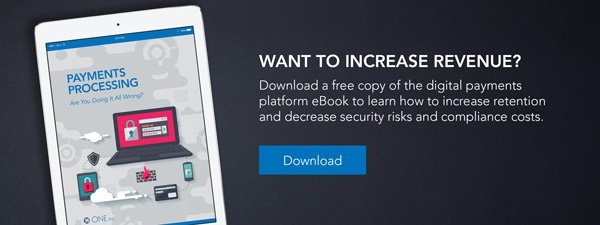Do you know where policyholders prioritize paying their home or auto insurance premiums? When times are tough—or even just as part of their normal budgeting behavior—do policyholders put paying you near the top of the list, or in the “if there’s money left over” bucket?
Intuition might lead you to think that, surely, most people will give high priority to keeping insurance in force, and, therefore, to paying their premiums on time. The whole point of insurance is to cover risks that could do so much damage that the average policyholder might be wiped out financially without insurance. Who with a home, a vehicle, or other property and liability risks would ever go without being covered?
Anyone in the industry for a while—especially those in the non-standard auto line—is saying, “Don't get me started!” Of course, many people let their coverage lapse, which is why we should take a deeper look and answer the question, “How do you become a bill that people might pay first?”
Ask the Consumers
A major financial institution has done annual surveys of consumers, asking them the priority they placed on twelve common bill payments—with insurance included as one of the twelve. Surveys asking priority don’t always match the priority as revealed through actual behavior, but the results are enlightening. This is the order that consumers ranked—with the #1 priority widely ahead of #2, and smaller gaps between all the others:
- Mortgage/Rent
- Electricity
- Auto Loan
- Water/Sewer
- Insurance
- Natural Gas (tied with Insurance)
- Major Credit Card
- Cell Phone
- Internet
- School Loan
- Cable
- Department Store Credit
As an aggregate data set across all types of consumers, we can only guess how the results would vary by segment, such as by income level. That said, many One Inc customers offer non-standard auto insurance. If policyholders of this type of insurance can be presumed to face more budget challenges than those on preferred auto insurance, then likely they would rank insurance payments at a lower priority.
Even if we don’t consider income segmentation, that consumers as a whole rank insurance payments as only their fifth priority is instructive. They rank keeping a roof over their head, a car in the garage, and the lights on as more important.
This prioritization can’t be written off as irrational consumer behavior. If you search some variant of “bill payments prioritization” and then go to each of the links that make the first page of the search results, you’ll see that experts recommend exactly this kind of prioritization.
In one exercise like this, we found that 57% of the linked articles ranked insurance payments as a low priority; only 14% ranked it as a high priority; and 29% didn’t even list it as a priority at all. Most ranked mortgage/rent, food, medicine, or child care at the top. One ranked groceries at the top and even had household essentials ahead of insurance. It ranked buying toilet paper above paying insurance premiums.
Expert opinions aside—and recognizing that balancing a personal budget is a challenge for many people, and that keeping a roof over the family surely trumps any other consideration—foregoing insurance can turn a difficult life event into a catastrophe in a split second. Everyone benefits—policyholders and insurers alike—if people can find a way to pay their insurance premiums at the highest priority possible, within the context of each individual policyholder’s circumstances and ability to first cover the true essentials.
Conclusion
How do you make that happen? Digital engagement on payments. Rather than leaving the insurance bill to be lost in the paper shuffle of snail mail—intermingled with other bills and junk mail—get in front of the policyholder proactively in the digital channels they use. Text. Email. IVR. Facebook Messenger. And, give them the opportunity to make a payment right there and then, by replying in that same digital channel. Make it easy for them to notice the insurance bill and treat it with the most urgency their circumstances can allow.
